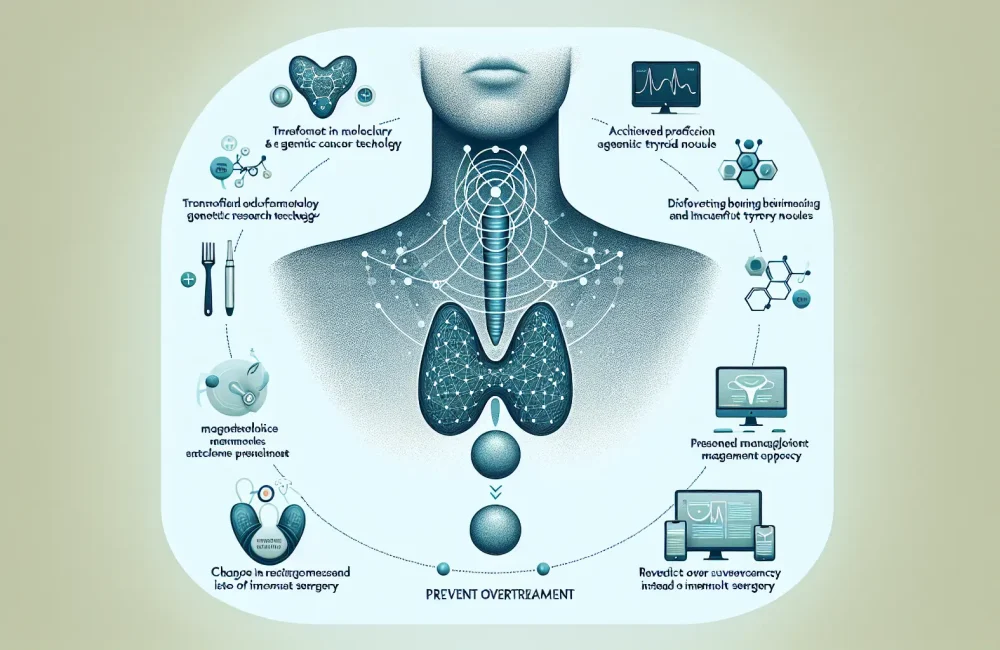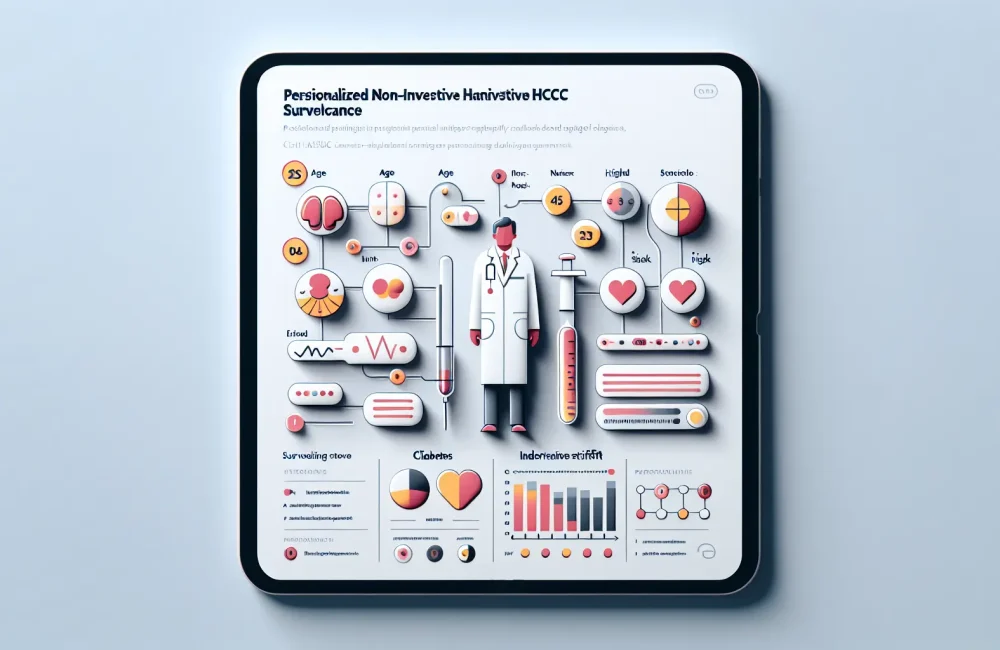By CAFMI AI From Gut
Adenoma Detection Rates and Their Impact on Colorectal Cancer Risk
The article emphasizes the critical relationship between adenoma detection rates (ADR) during colonoscopy and subsequent colorectal cancer (CRC) risk. Numerous studies have demonstrated that higher ADRs are strongly associated with lower incidence and mortality of CRC. This finding underscores the value of maintaining high-quality colonoscopy procedures to identify and remove adenomatous polyps effectively, which are precursors to colorectal cancer. By improving ADR, healthcare systems can directly influence the long-term outcomes of patients undergoing CRC screening. Clinicians should be aware that a higher ADR serves as a marker of colonoscopy effectiveness, which translates into improved patient prognosis. The article reviews data indicating that each incremental increase in ADR correlates with a measurable reduction in post-colonoscopy colorectal cancer rates, reinforcing the importance of quality metrics in endoscopic practice.
Racial Disparities in Colorectal Cancer Despite Advances in Detection
Despite advancements in colonoscopy quality and higher ADRs, racial disparities in colorectal cancer outcomes remain a significant concern. The article explores whether improved adenoma detection alone is sufficient to eliminate differences in CRC incidence and mortality among racial groups, particularly focusing on disparities noted between Black and White populations in the United States. It highlights multiple contributing factors beyond ADR, such as unequal access to care, socioeconomic determinants, and potential biological differences that influence CRC risk and outcomes. These variables create persistent gaps in early detection, treatment, and survival rates. Clinicians serving diverse populations should understand that focusing solely on adenoma detection quality may not fully address these disparities. Broader approaches involving equitable access to screening, culturally competent care, and addressing social determinants of health are critical to closing racial gaps in CRC prevention.
Clinical Implications and Strategies for Equitable Colorectal Cancer Prevention
The clinical implications derived from the article emphasize a multifaceted approach to reducing colorectal cancer risk that integrates high-quality colonoscopy with broader public health and clinical strategies. For practitioners, maintaining rigorous adenoma detection standards remains a foundational element of effective CRC prevention. However, the review stresses that additional measures are necessary to achieve equity in outcomes. These include improving healthcare access for underserved populations, patient education, and addressing socioeconomic barriers that limit participation in screening programs. The article also suggests that clinicians should be vigilant for red flags and differential diagnoses in diverse patient groups and provide counseling that is tailored to individual risks and circumstances. Follow-up protocols may need customization according to the patient’s background and risk profile to optimize surveillance and intervention timing. Ultimately, this article supports a comprehensive primary-care workflow that combines quality procedural metrics with concerted efforts to address systemic disparities, aiming to provide all patients with equitable colorectal cancer prevention and care.
Read The Original Publication Here






